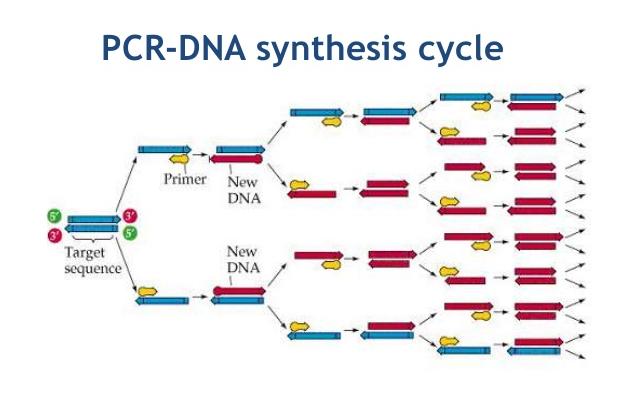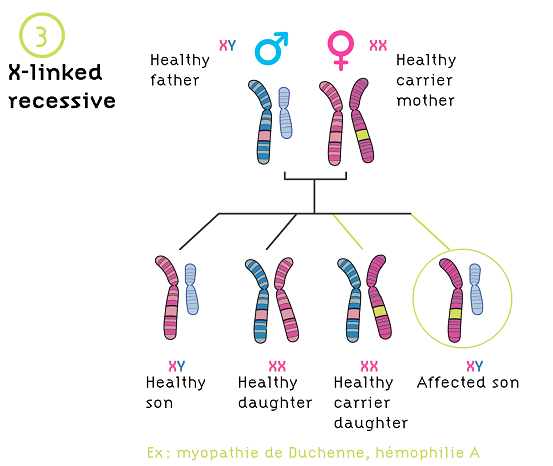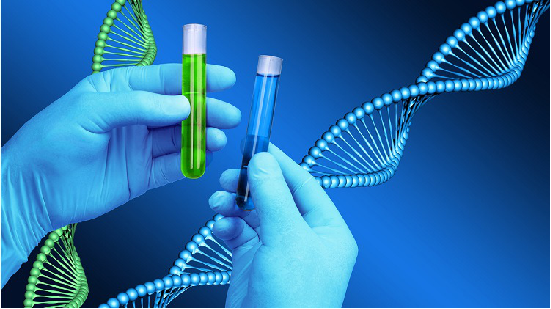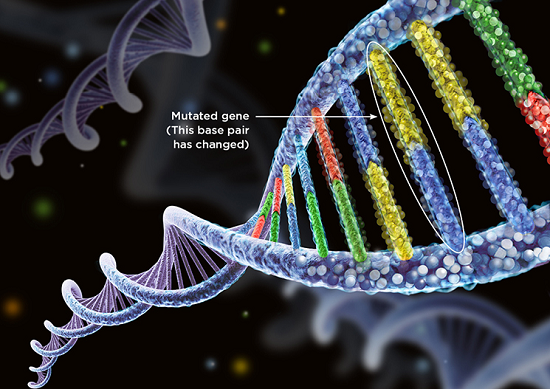Updated By: LatestGKGS Desk
DNA Synthesis: Polymerase chain reaction (PCR), Definition, Procedure, Steps, Purpose

Polymerase Chain Reaction Technique: Introduction, Mechanism, Steps, and Objectives
Polymerase chain reaction( PCR) is a laboratory technique used to make multiple copies of a segment of DNA.
PCR is extremely accurate and can be used to increase, or amplify, a precise DNA target from a mixture of DNA molecules.
First, two short DNA sequences called primers are designed to bind to the start and end of the DNA target. Then, to perform PCR, the DNA template that contains the target is added to a tube that contains primers, free nucleotides, and an enzyme called DNA polymerase, and the mixture is placed in a PCR machine.
The PCR machine amplify and moderates the temperature of the sample in mechanized, extended steps.
Originally, the mixture is heated to denature, or separate, the double-stranded DNA template into single strands.
The mixture is then cooled so that the primers anneal, or bind, to the DNA template. The DNA polymerase begins to synthesize new strands of DNA starting from the primers.
Following synthesis and at the end of the first cycle, each double-stranded DNA molecule consists of one new and one old DNA strand.
The newly synthesized DNA fragments assist as templates in next cycles, which provide the DNA target to be exponentially increased millions of times.


